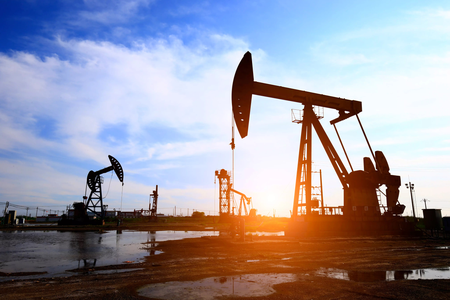New Delhi, 11 April (IANS). India’s natural gas consumption can lead to an increase of about 60 percent by 2030. The reason for this is to reduce dependence from oil imports by the country and move towards clean fuels. This information was given in the report of Petroleum and Natural Gas Regulatory Board (PNGRB).
The report reported that the consumption of natural gas in the ‘Good-to-Go’ landscape (which is considered to be moderate growth based on existing trends and commitments) is expected to increase from 188 million standard cubic meters per day in 2023-24 to 297 million standard cubic meters per day by 2030.
Under this scenario, consumption of natural gas by 2040 is expected to reach 496 million standard cubic meters per day.
Under the ‘Good to Best’ scenario, which takes into account speedy progress, favorable policy implementation and increased investment, which leads to higher increase than expected, consumption can increase by 2030 to 365 million standard cubic meters per day and 630 million standard cubic meters per day by 2040.
The government aims to increase the share of natural gas in the country’s primary energy baskets from 6-6.5 percent to 15 percent by 2030. The country is moving from polluting fossil fuels to clean energy to achieve zero emission targets by 2070, in which gas is considered a bridge fuel.
The report reported that PNGRB has already developed gas infrastructure in 307 geographical areas, which cover the entire country except the islands, ensuring widespread reach of natural gas in domestic, commercial, industrial and transport sectors.
According to the report, “Urban Gas Distribution (CGD) area is expected to be a primary development driver, with consumption of 2.5 to 3.5 times by 2030 and 37 million standard cubic meters per day in FY 24 to increase consumption by 6 to 7 times the consumption by 2030.”
Currently, India’s natural gas production meets only about 50 percent of the demand. The demand is expected to increase strongly by 2030 and 2040, so dependence on LNG will increase to bridge the demand-supply difference. As a result of this increase, LNG imports will double by 2030.
-IANS
ABS/
